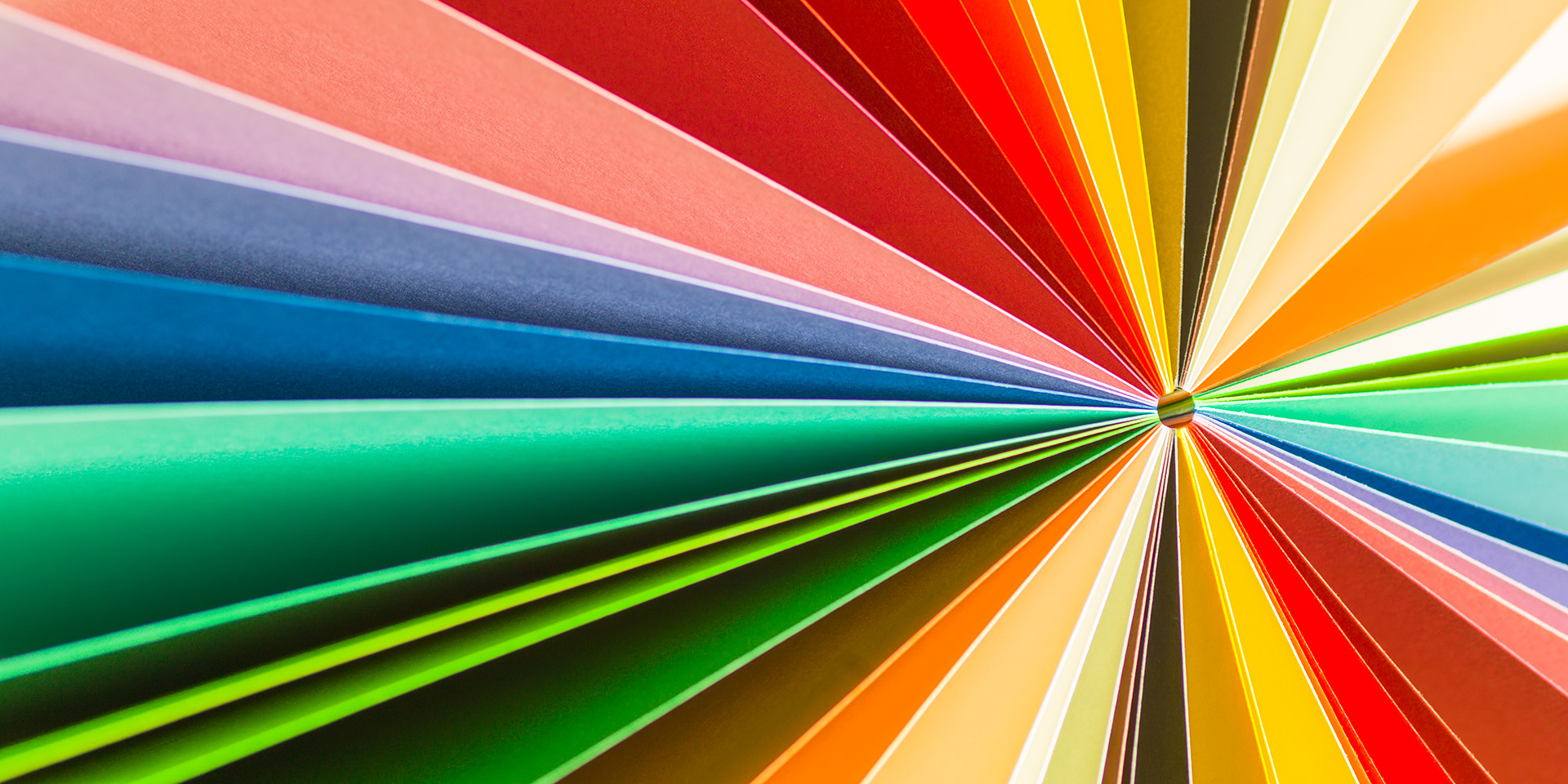everything you need to know about choosing colors for your business
Choosing colors for your brand seems like a simple enough task. You like purple, so purple becomes your go-to color when building your website and creating Facebook Ads.
- But is choosing a color for your brand really that easy?
- Are you using the best colors for your brand?
- Are you consistently using the SAME exact color on everything?
Simply put…choosing colors for your brand really isn’t as simple as saying “I like purple!”
If you haven’t figured out by now that there’s more to building a brand than meets the eye….welcome to the party, pal!
Choosing the RIGHT color for your Brand.
The possibility and excitement is endless with colors! You can let your freak flag fly or keep it conservative. You can use a rainbow of colors or just pick one that speaks to you. You can make combinations and pair unusual colors to create something truly unique.
Color is a super fun and immensely powerful tool when it comes to branding your business but it is often misunderstood, under appreciated and underestimated. Color often gets dismissed as something purely aesthetic and business owners don’t give color the careful consideration it deserves. More often than not, small business owners choose the WRONG colors for their brand not thinking about the powerful psychological impact color can have on people’s mood, decision making and thought formation.
So, how do you choose the RIGHT colors? You have to get into the viewer’s head. Who is your ideal client, how do they think and how will they respond to certain colors. In a broad sense, men over 50 probably aren’t going to respond well to pinks or purples, but women with young daughters will be delighted by those colors. Understanding how your target market will respond to a certain color can help you select the right colors for your brand.
Color can Influence People’s Thoughts, Decisions and Mood
The first thing you need to know about color is that they pack a powerful punch. Different colors have different meanings and choosing incorrectly can be incredibly costly for your business. Color has a unique capability to influence people, it can affect how they make choices and how they feel about your brand.
According to Shopify.com “Colors send a message without being overt and can thus determine buying choices. It only takes 90 seconds for a person to form an opinion about your product, and it’s estimated that up to 90 percent of that opinion is based on colors alone.”
Humans have a near immediate emotional reaction to color and though the exact reaction varies from individual to individual, culture to culture, there are some striking similarities in how humans perceive and respond to certain colors. There’s a reason why STOP signs are red throughout the world.
The Impact of Culture on Color
Believe it or not, culture has a huge impact on color since humans could make their own pigments. Throughout the centuries, colors have taken on new and different meanings, become trendy or timeless and have even served as cultural context clues.
Pink didn’t become the “girl” color until around the 1940’s in pre-WW1America thanks to new, color-fast dyes. While the increased popularity of studious uniforms and sailor suits solidified blue as the “boy” color around the same time.
Red is worn by brides on their wedding day in China as a symbol of prosperity, love and fertility while the color white is worn by western brides as a symbol of purity. White is traditionally worn to funerals in eastern cultures, and would be faux pas at a wedding.
Purple is often a signifier of luxury, nobility and royalty. Purple dye is a rare find in nature and for a long time was expensive and difficult to produce which made it a color only the wealthiest could afford. Its rarity also associated it with the mystical or mysterious. In more recent history, purple has been adopted to represent bisexuals within the LGBTQ+ community.
Depending on where you are (and at what point in history) color meanings can change drastically and they are still evolving! Whether you’re a small, local shop or a global corporation, it’s important that you think about the impact culture has had on color and how people will respond to the colors you select for your brand.
This is a great article from Oberlo about the psychology of color and how it affects your brand.
Things to think about when choosing colors for your brand:
1.Less is More
You might be tempted to choose a whole set of colors for your branding. But it’s best to keep it simple. Start with one or two colors paired with a set of neutrals. Consider using tints and shades of your main color instead of choosing a new hue. Keeping your colors simple will cut down on confusion and color clutter.
2. Try Unique Colors
If you have a business, chances are you’ve got competition. In order to grab attention, you can use color as a secret weapon. If your brand is too similar to another, competing brand, clients can get confused. When branding your business, it’s important to stand out! Color is a great way to separate yourself from your competition. Unique color pairings can create a look and feel that captures your clients attention, just remember to keep those color meanings in mind.
3. You are not your Audience
A huge mistake I see business owners and entrepreneurs make when it comes to colors is letting their personal feelings and preferences influence their color choices. Just because you like blue more than red doesn’t make it the best choice for your business. Be sure to do your homework, get into your target audience’s head and select colors that send the right message to your clients.
4. Where are you Doing Business
If you’re a small brick and mortar shop consider how color is interpreted in your local community and surrounding area. If you’re a global corporation doing business in the United States and overseas, consider the cultural impact of color in different parts of the world.
5. Have Fun!
While choosing colors is an important part of branding, it’s also a really fun way to express your brand, stand out from the crowd and capture your target audiences attention. With the digital age and advancements in pigment printing, there’s a whole rainbow of shades, hues, and finishes to be considered. Don’t forget about metallics, neons, coatings and other unique colors that can set you apart from your competition.






